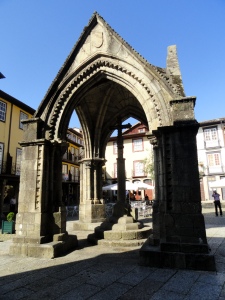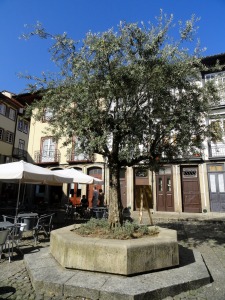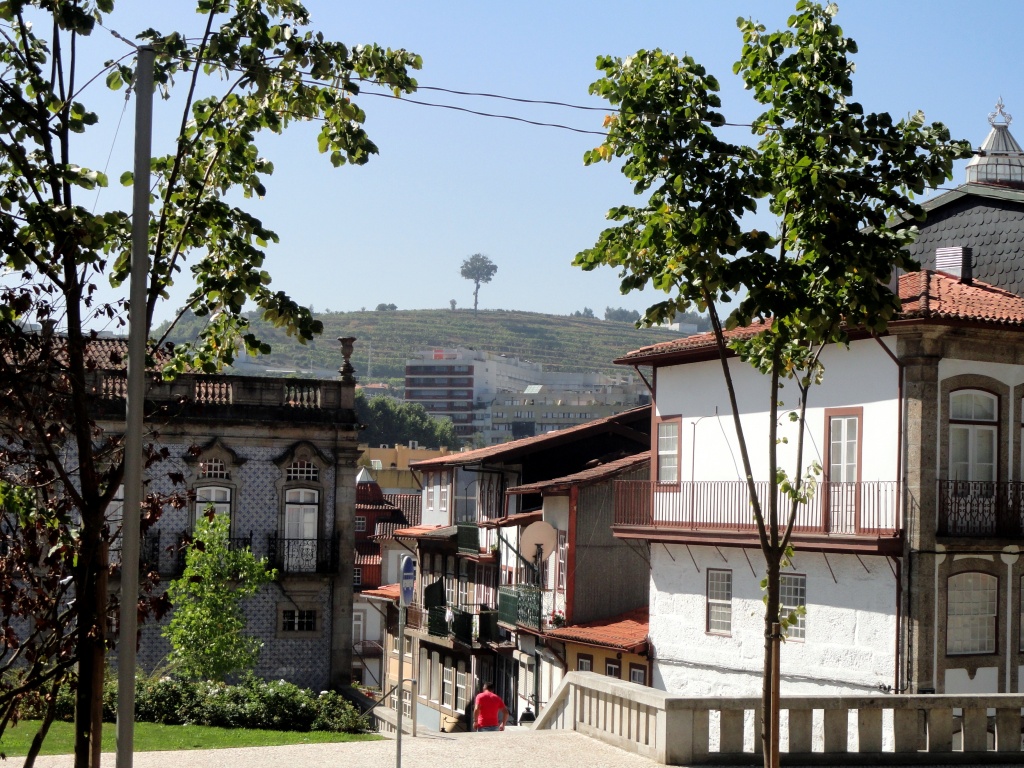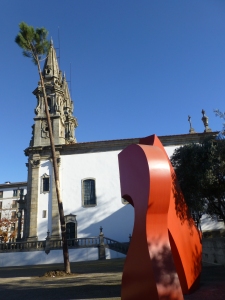*Srunch scrunch* – the crunching of leaves is the only thing that I hear as I make my way across the deserted park, braving the biting cold. It’s 9:30 am and I am en-route to University, looking as lacklustre as everything and everyone around me. Except for the rainy sort, I like winters. Having grown up in a tropical place, winter for me used to be that non-sweaty period of the year, when the thermometers read anywhere between 20 and 22 degrees Celsius. I experienced my first ‘real winter’ in Prague, two years ago. I remember how with each passing day, the mercury dipped and I gawked and gasped as I watched the weather take its toll on the trees, slowly sapping the life out of them. The deciduous trees that only used to exist in my biology textbooks, were now a reality. Leafless trees are anything but mood lifters, unless they are snow-laden. It is in times like these that you really learn to be thankful for whatever evergreen tree you find out there.
Trees are the oldest and biggest secret keepers and if they could talk, they surely would have the most piquing stories to tell. Speaking of trees and interesting stories, I must tell you about the legends concerning two very prominent trees in Guimarães. Both trees are evergreen and both of them are lonely – standing all by themselves, sticking out from among their surroundings.
The first story is about the olive tree perched right in the centre of one of the main squares in the historic part of the city. The medieval square is named ‘Oliveira’ which translates to ‘olive tree’. Centuries ago, an olive tree from the church at São Torcato was brought to Guimarães and planted in front of the Church that stood there. The oil from the tree was used as fuel in the lamps that lit up the altar, until it withered and died. Then one day, somebody decided to hang a cross from one of its branches and voilà – it sprang back to life.
Like most other tales from history, this one too hasn’t gone undisputed.The Castilians claim that the olive tree owes its existence to the Gothic king Wamba. The story dates back to the time when the Iberian peninsula was a single kingdom. Wamba was an ordinary farmer whom St. Leo, acting on divine intervention, approached and asked to take a seat on the throne of the Visigoth kingdom, which at that time was left without a ruler due to the death of their king. But Wamba was in the least bit interested to leave his precious fields and take charge of an entire kingdom. In an effort to get himself out of the situation, he thrust his cane in the ground and said that he would only accept kingship if the stick turned green and, lo and behold, an olive tree was born there. It is said that the olive tree sprouted up from the spot where the Manueline canopy now stands. Manueline is a term given to the Portuguese late Gothic style of architecture.


Just so you know, the olive tree that now adorns the square is barely thirty years old. No one knows the actual story behind the original olive tree in Guimarães, because it died along with it.
The other tree that is known to all the inhabitants of Guimarães is a pine tree, not the one that is central to the Pinheiro celebration, but the one that stands tall on the hill, and dwarfs all the other trees around it. The tree is visible from most parts of the city.

The story behind this tree is far more recent than that of the olive tree, but it is interesting nevertheless. This one is for all the romantics out there. Apparently, the tree was part of a pine grove that used to exist in the space around it. The grove was cut down, but the owner of the property spared just this tree because it was under this very tree that his wife (girlfriend at that time) and he would have rendezvous in their salad days. The tree was part of all their most treasured memories and cutting it down would indeed have been such a shame.

The mention of Pinheiro reminded me that I had told you in a previous blog post, that I would try my best to get a picture of the pine tree that was planted this time around. So, here you go. This picture was taken by one of my friends.

Trees have such interesting stories to tell, don’t they? So if you ever cut down a tree, make sure you plant two more to compensate for the damage you’ve done.


